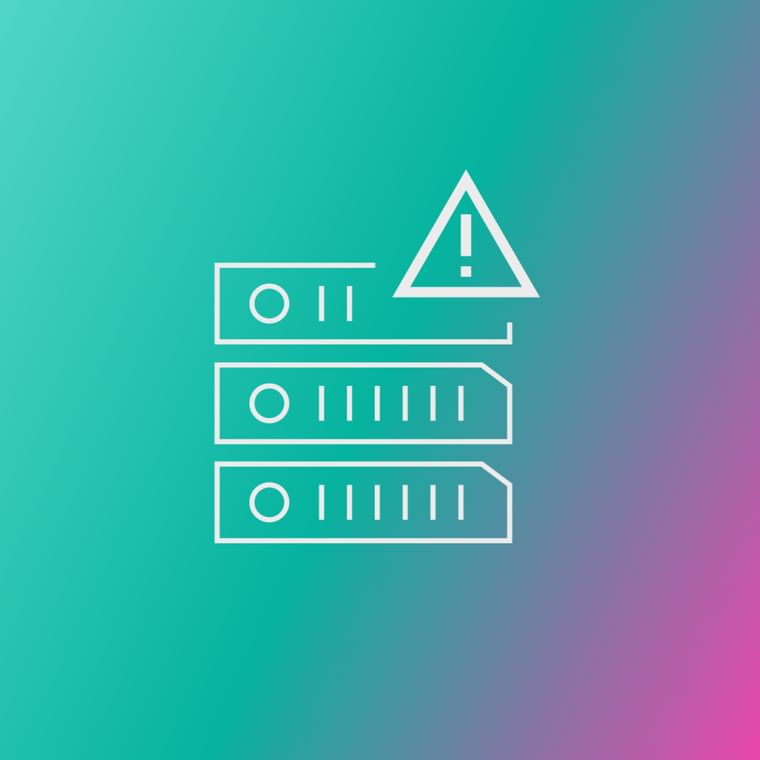Credentials, like usernames and passwords, and personal information are the most commonly leaked data. These pieces of data are valuable to attackers who want to gain access or commit identity theft. Poor password practices and weak authentication are often to blame for the leak of sensitive data.
What Is a Data Leak? How They Happen and How To Prevent Them
What's the Difference Between a Data Leak and a Data Breach?
A data leak is the accidental exposure of sensitive information from within an organization, while a data breach involves unauthorized access by external parties through cyberattacks. Data leaks can lead to identity theft, data breaches, or ransomware installation, posing significant threats to organizations and individuals alike.
Understanding this distinction is crucial for implementing appropriate security measures.
More specifically, a data leak occurs when an internal source inadvertently exposes information, often due to human error or system misconfiguration. A data breach, on the other hand, is caused by external actors deliberately breaching the system through cyberattacks, such as hacking or malware infiltration.
In essence, a data leak is usually accidental, while a data breach is intentional and malicious.
However, the line between a leak and a breach can sometimes blur. Criminals may exploit information obtained from a data leak to launch a large-scale data breach. For example, if an email password is leaked, a cybercriminal can use that compromised account to commit business email compromise (BEC) scams, like invoice fraud or ransomware attacks.
Because attackers only need one data leak to initiate a massive data breach, leaks pose a serious threat to organizations. Organizations need to understand what causes data leaks and how to prevent them to safeguard their sensitive data and maintain trust with stakeholders.
How Do Data Leaks Happen? 6 Common Causes of Data Leaks
Data leaks happen due to internal problems rather than direct cyberattacks. This means organizations can proactively detect and remediate data leaks before criminals discover and exploit them.
Understanding the common causes of data leaks is essential for effective prevention. Cybersecurity systems must ensure that data leaks are prevented, as criminals can easily use leaked data to perpetrate further crimes.
Here are the six most common causes of data leaks:
1. Bad Infrastructure
Misconfigured or unpatched infrastructure can unintentionally expose data. Incorrect settings, excessive permissions, or outdated software versions may seem minor, but can create significant vulnerabilities.
Organizations should ensure that all infrastructure is carefully configured and regularly updated to protect sensitive data.
2. Social Engineering Scams
Criminals often use social engineering techniques to create data leaks. They exploit human psychology to gain access to sensitive information. For instance, phishing emails may trick employees into revealing login credentials, leading to unauthorized access and potential data leaks.
3. Poor Password Policies
Weak password practices significantly increase the risk of data leaks. Many individuals reuse passwords across multiple accounts, making them susceptible to credential stuffing attacks.
According to a Forbes Advisor report, 78% of people reuse passwords across their accounts, amplifying the risk of account takeovers if credentials are compromised.
Even writing down login credentials in unsecured places can lead to a data leak.
4. Lost Devices
An employee losing a device containing the company's sensitive information qualifies as a potential data leak. A criminal gaining access to the device's content could lead to identity theft or further security breaches.
5. Software Vulnerabilities
Unpatched software vulnerabilities can turn into significant cybersecurity issues.
Cybercriminals can exploit outdated software or zero-day vulnerabilities to gain unauthorized access to systems and data. Regular software updates and patches are critical to minimize these risks.
6. Old Data
As businesses evolve, they may lose track of data due to system updates and infrastructure changes, accidentally exposing old data.
Legacy data storage practices create ideal conditions for data leaks, especially when combined with employee turnover. Losing institutional knowledge of outdated data systems can lead to vulnerabilities and accidental exposures.
How to Prevent Data Leaks
Most data leaks result from operational problems, including technical and human errors. Preventing data leaks starts with a strong, multi-layered cybersecurity approach and a commitment to data privacy. Security teams should provide robust defense systems and implement incident response plans to recover quickly from any cyber incidents.
Here are several tactics to prevent data leaks:
Assess and Audit Security: Regularly review safeguards, perform audits, and ensure compliance with regulations like GDPR and CCPA.
Restrict Data Access: Apply the principle of least privilege to limit access only to necessary data.
Evaluate and Update Data Storage: Replace outdated storage systems with secure, modern alternatives to reduce vulnerabilities.
Delete Old Data: Regularly remove unnecessary or outdated information to minimize exposure risk.
Train Employees on Cybersecurity Awareness: Educate staff on best practices and how to spot phishing and other threats.
Adopt a Zero-Trust Security Approach: Require verification for all access requests to prevent unauthorized entry.
Use Multi-Factor Authentication (MFA): Add extra protection beyond passwords, especially for sensitive accounts.
Monitor Third-Party Risk: Evaluate vendor security regularly to guard against supply chain attacks.
- Properly Off-Board Employees: Fully revoke access and recover devices when staff leave to avoid lingering vulnerabilities.
Don’t Let a Data Leak Turn Into a Breach
Data leaks may start with small mistakes like an overlooked system update, a misplaced device, or a reused password, but their consequences can be catastrophic. When exposed information falls into the wrong hands, a single leak can escalate into a full-scale breach, putting your entire organization at risk.
Preventing data leaks isn't just about protecting information—it's about preserving customer trust, maintaining compliance, and stopping cybercriminals before they strike.
Want to reduce your organization’s exposure to data leaks and breaches? Book a demo to discover how Abnormal can help you detect and remediate risky behavior before it leads to compromise.
Frequently Asked Questions (FAQs)
Get the Latest Email Security Insights
Subscribe to our newsletter to receive updates on the latest attacks and new trends in the email threat landscape.



